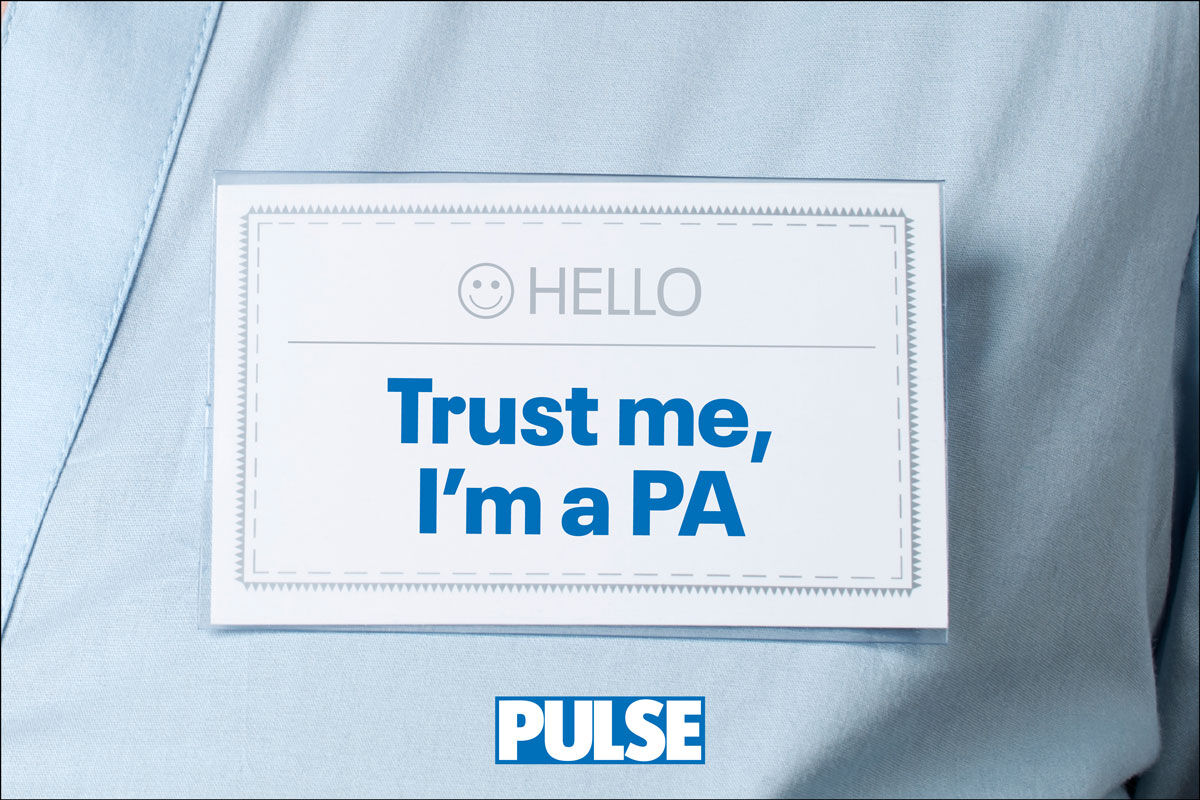A group of influential MPs have warned that the ‘unfunded and uncosted’ NHS long term workforce plan risks building on ‘unsustainable’ financial pressures.
The workforce plan drawn up by NHS England and published in June committed to ensuring that 130,000 fewer staff leave the NHS over the next 15 years, as well as pledging to double medical school places and increasing GP training places by 50% by 2031,
A Pulse analysis earlier this year revealed that there was a severe shortfall in training capacity within general practice to achieve the aims set out in the recruitment plan.
In its report published today, the Public Accounts Committee said that while the plan includes a commitment of an additional £2.4 billion to cover training costs for the first five years of the 15-year plan, it does not include any estimate of total additional running costs for the significant increase in workers it has identified, such as salaries for an extra 260,000 to 360,000 staff.
MPs said that there was also no information available on either the scale or source of how staff costs in future years will be met.
They added that the ‘true cost to the taxpayer’ of the plan will ‘certainly be far higher’ than the amounts shared so far, but that the Department ‘would not commit to providing us or the NHS with longer-term certainty’.
The report recommended that NHS England should provide an update to the committee on the full cost of implementing its workforce plan over the next 15 years, including ongoing staff costs, training and recruitment costs, and the costs and underlying assumptions of necessary wider enablers such as technology and innovation, social care, and infrastructure.
It said: ‘The unfunded and uncosted NHS Long Term Workforce Plan risks building in unsustainable financial pressures.
‘We pressed both the Department [of Health and Social Care] and NHS England on how the workforce plan would be paid for.
‘NHS England stated that the current Government’s commitment has been to fully fund the first five years of the plan.
‘In future periods, there would be decisions for the then government to take about the total size of the NHS budget which would need to take account of the consequences for the plan, but these would be decisions for forthcoming spending reviews.’
The report said: ‘NHS England confirmed that there is no specific funding for staff retention but said that it would be cost neutral.
‘However, there are dependencies on several other factors that are important for retention. Staff wellbeing was outside the purview of the workforce plan and other measures, such as pension changes, were not costed as part of the plan but were instead tax changes costed by the Treasury.
‘NHS England added that, if the plan is successful, so that retention levels increase, the NHS is less reliant on international recruitment, uses fewer agency staff, and works in the reformed way the plan sets out, there would be savings as well as costs.’
Dame Meg Hillier, who chairs the committee, said: ‘Anyone who has had recent contact with the NHS knows it is in crisis. Patients suffering long waits and hard-pressed staff working in a system which is not delivering deserve better.
‘The PAC’s role is to analyse the underlying numbers, and attempt to provide a “get well soon plan” for the NHS.
‘Excluding demand-led spending such as welfare payments, health takes up approximately 40% of day-to-day budgeted spending by Whitehall departments.
‘It is vital this is delivering benefits for patients. The Government and health system need to be alert to the serious doubts our report lays out around the workforce crisis, both the approach to tackling it now and the additional costs funding it in the future.’
Earlier this year, a major Pulse analysis looked at whether the plan will solve any of the longstanding problems for general practice.
















Just put a greater proportion of NHS money into General Practice direct to GP partners, no delays and no strings. It is needed.
All patients benefit more for the money provided, no strings. NHS frontline benefits.
Just fully staffing the NHS would cost shitloads. 170,000 more employees extra approx. But we all know the shortfall of staff is chewing through those still working in the form of burnout, emigration and early retirement. A bit like cirrhosis the liver reaches a point that is past recovering from.
PCNs in collaboration with a failed NHS England management system have engaged vast armies of lower qualified staff on estimated salaries £40 to £70,000 per year increased by associated on costs and generous study leave often of dubious benefit when these staff are questioned on a knowledge basis.
There is some benefit of ARR staff but absolutely no evidence of value for money. These ARR staff who can frequently take up to an hour of appointment time via multiple prolonged combinations of rearranged, unmonitored and repeat appointments to deal with an issue which would have required 1-2 minutes of GP time. The increase of sick leave also needs analysis.
Clinical Directors and NHSE sitting back comfortably in board meetings continue to fail to take responsibility for this urgent developing disaster of catastrophic proportions they have created and historically extreme mismanagement of NHS taxpayer funds as they lead this march to a third rate NHS service and potential bankruptcy of the NHS.
Fundamental flaw is the menu on offer. If the public are told by politicians that they can expect state of the art care/treatment for every condition/ situation under the sun then the costly charade will continue.
As a tax payer, we need some reality and honesty! Probably wishful thinking, and with Wes in the wings,unlikely, so again the deficit between demand and supply will fall on the staff, if any are left!
The NHS has not the funds for existing staff: 132,00 vancancies (Hancock saw as a good sign). That does not include primary care. Another 165,000 community carer vacancies. And the Health and Social Care system is in deficit even with the savings from not paying for those staff.